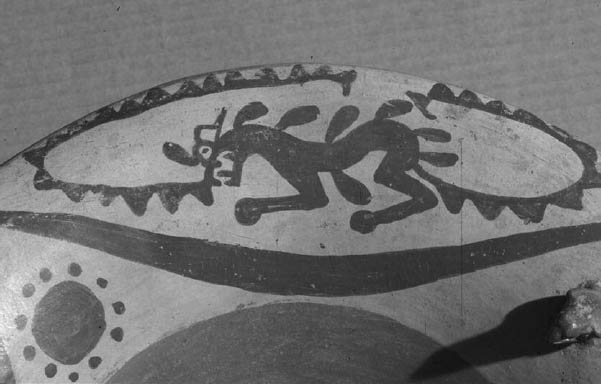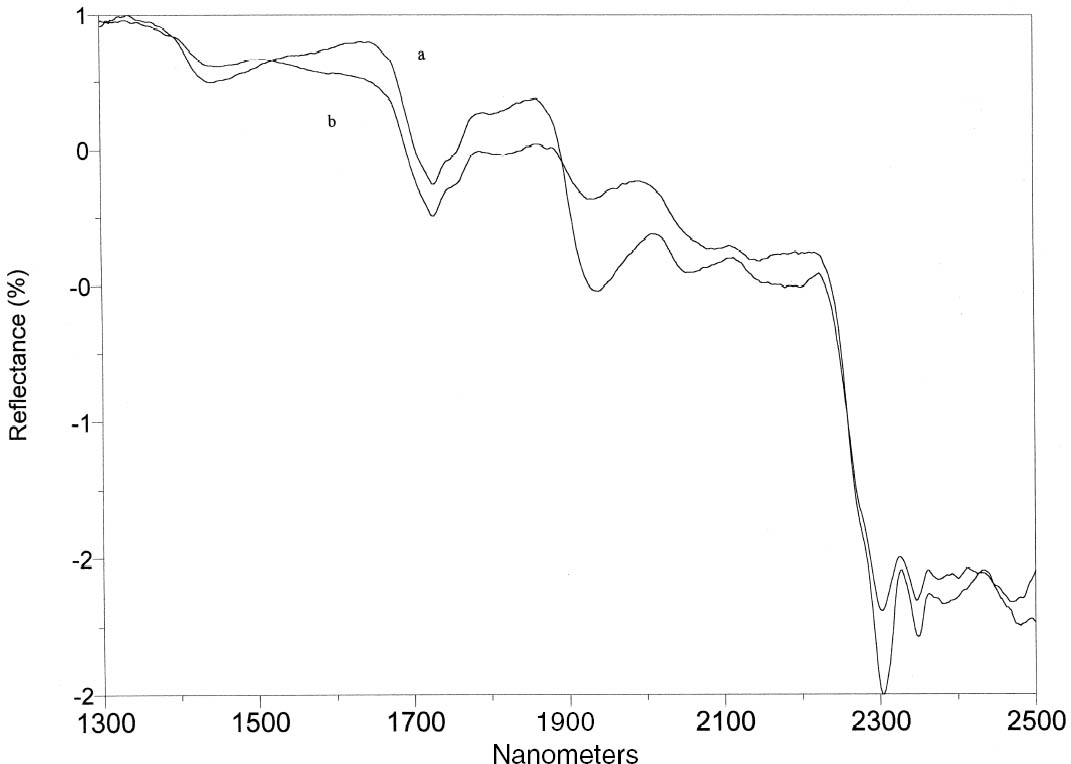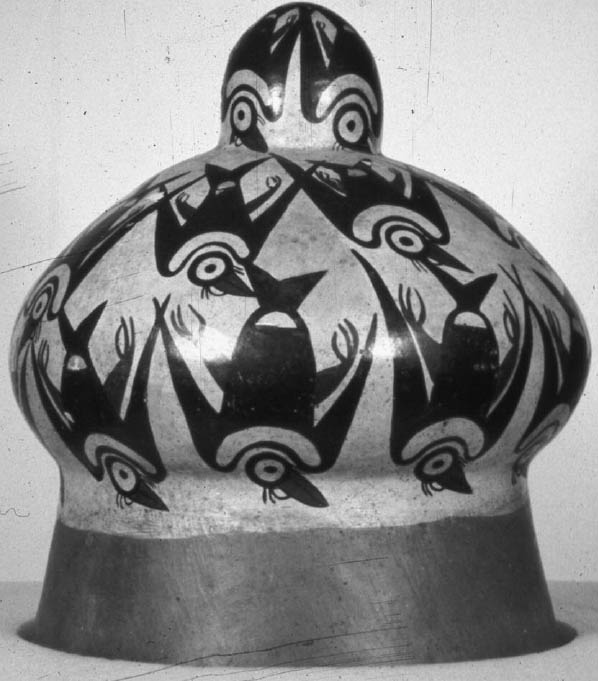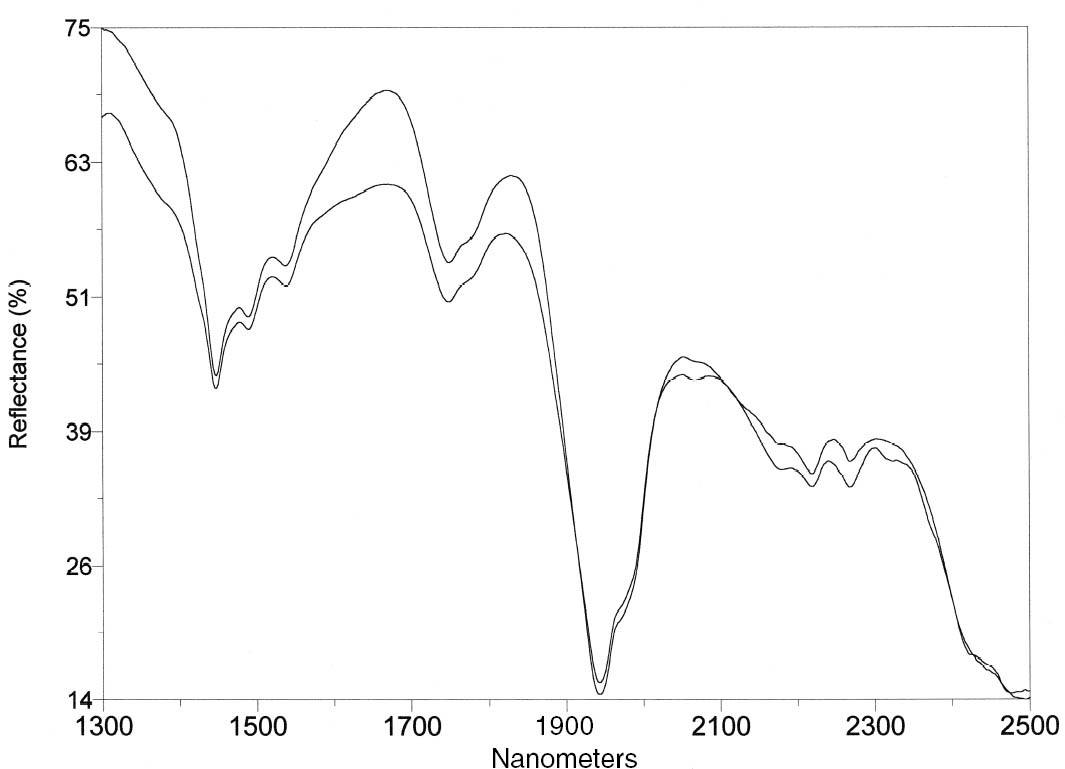USING A PORTABLE SPECTROMETER TO SOURCE ARCHAEOLOGICAL MATERIALS AND TO DETECT RESTORATIONS IN MUSEUM OBJECTSSARAH U. WISSEMAN, THOMAS E. EMERSON, MARY R. HYNES, & RANDALL E. HUGHES
5 OTHER APPLICATIONS AND FUTURE DIRECTIONSOur preliminary tests show that PIMA spectroscopy is useful not only for sourcing stone but also for comparing low-fired pottery with potential raw clay sources and analyzing corrosion products on metal artifacts and mineral pigments on fresco fragments. However, good results depend upon reference databases of comparable materials tested by the same instrument. Although we have made substantial progress on building reference
Similarly, a good reference library of restoration materials is needed to make the PIMA technique more useful to conservators. Our small database currently contains spectra for plasters, varnishes, and other coatings, and acrylic paint. We plan to add other types of paints and a variety of adhesives. For the present, PIMA spectroscopy is not a stand-alone technique for compositional analysis. Rather, it falls in the group of nondestructive techniques such as x-ray fluorescence, x-ray radiography, and infrared and ultraviolet photography used to survey objects prior to more destructive and time-consuming techniques such as neutron activation analysis (Derrick et al. 1999). The PIMA instrument has the distinct advantage of being portable and quick, allowing the user to take readings in a museum setting without any sample preparation or damage to valuable artifacts.
ACKNOWLEDGEMENTSThis material is based in part upon work supported by the National Science Foundation under grants 9971179 and 0203010. We thank the National Museum of the American Indian, Smithsonian Institution, and the Krannert Art Museum, University of Illinois, for access to collections and other assistance. |



